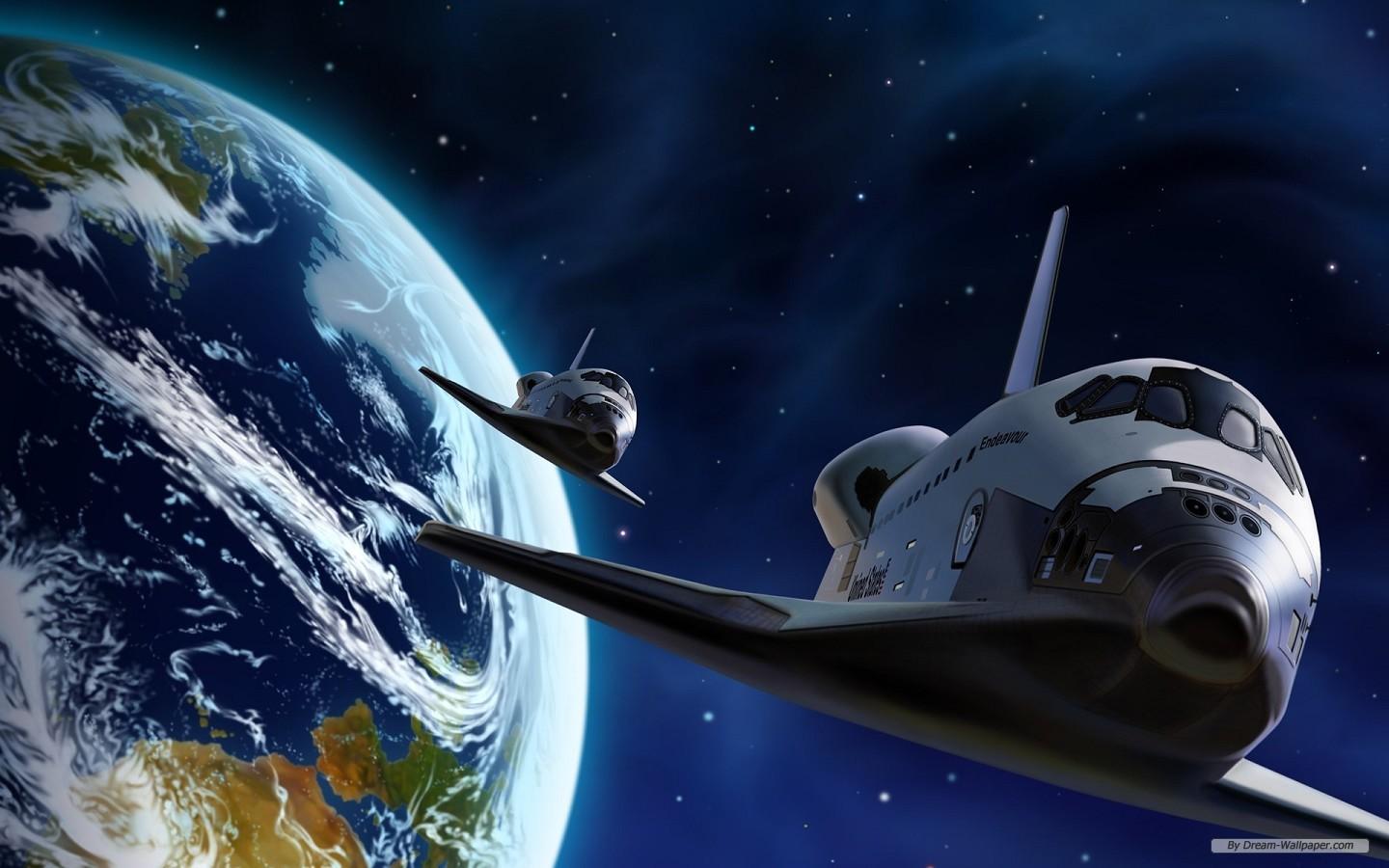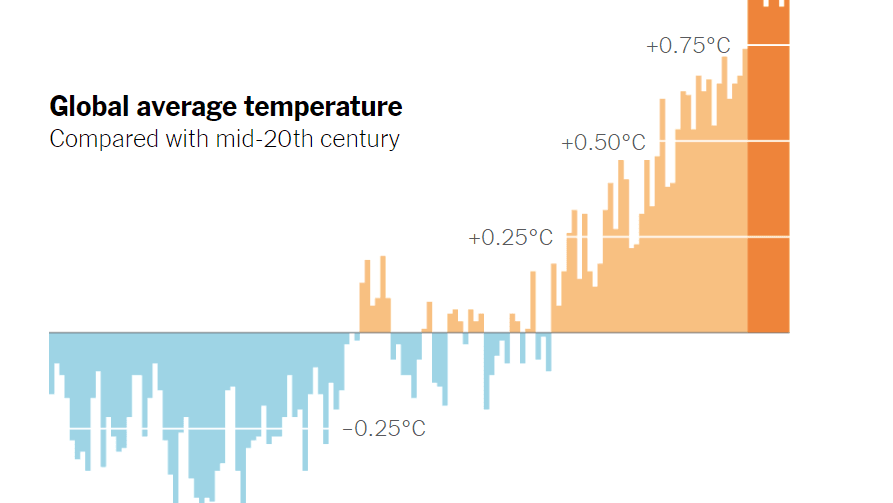The year 2025 is shaping up to be a pivotal moment in the history of space exploration, marked by a series of ambitious missions and groundbreaking discoveries that are set to expand our understanding of the cosmos. With advancements in technology and international collaboration, space agencies are poised to embark on missions that will not only push the boundaries of human knowledge but also inspire future generations of scientists and explorers.
One of the most anticipated events of 2025 is the launch of several spacecraft designed to conduct flybys of distant celestial bodies. These missions aim to gather data from locations previously unreachable, providing insights into the composition and behavior of asteroids, comets, and planets. Among the notable missions is NASA’s Psyche mission, which aims to explore the metallic asteroid 16 Psyche, located in the asteroid belt between Mars and Jupiter. This mission will help scientists understand the building blocks of planet formation and the history of our solar system.
In addition to the Psyche mission, the European Space Agency (ESA) is set to launch its Hera mission, which will work in tandem with NASA’s DART (Double Asteroid Redirection Test) mission. Hera will study the binary asteroid system Didymos and its moonlet Dimorphos, providing critical data on the effectiveness of planetary defense strategies. This collaboration highlights the growing trend of international partnerships in space exploration, as agencies combine resources and expertise to tackle complex scientific questions.
The advancements in technology that facilitate these missions are equally noteworthy. The development of more efficient propulsion systems, such as ion thrusters and solar sails, allows spacecraft to travel farther and faster than ever before. These innovations not only reduce travel time but also enable missions to carry more scientific instruments, enhancing the quality and quantity of data collected during flybys.
Moreover, the use of artificial intelligence (AI) in data analysis is revolutionizing how scientists interpret the vast amounts of information gathered from space missions. AI algorithms can quickly process and analyze data, identifying patterns and anomalies that may go unnoticed by human researchers. This capability is particularly valuable in the context of planetary exploration, where the sheer volume of data can be overwhelming. As a result, scientists can make more informed decisions and generate new hypotheses based on the insights gained from AI-assisted analysis.
In addition to flybys, 2025 will also see the continuation of human exploration efforts, with missions planned for the Moon and Mars. NASA’s Artemis program aims to return humans to the lunar surface by the mid-2020s, with the goal of establishing a sustainable presence on the Moon. This initiative will serve as a testing ground for technologies and systems that will be essential for future crewed missions to Mars. The Artemis program emphasizes the importance of international collaboration, as various countries contribute to the development of lunar infrastructure and research initiatives.
Furthermore, the Mars Sample Return mission is gaining momentum, with plans to bring back samples from the Red Planet by the late 2020s. This mission will involve multiple spacecraft and international partnerships, showcasing the global commitment to advancing our understanding of Mars and its potential for past or present life. The samples collected will provide invaluable information about the planet’s geology, climate, and potential habitability, enriching our knowledge of the solar system.
The excitement surrounding these missions is not limited to the scientific community; public interest in space exploration continues to grow. The success of previous missions, such as the Mars rover Perseverance and the James Webb Space Telescope, has captured the imagination of people worldwide. As these new missions unfold, they are expected to generate widespread media coverage and public engagement, fostering a sense of collective curiosity and wonder about the universe.
In conclusion, the year 2025 is poised to be a transformative period for space exploration, characterized by groundbreaking missions, technological advancements, and international collaboration. As agencies like NASA and ESA embark on ambitious projects, the scientific community and the public eagerly await the discoveries that will emerge from these endeavors. The data gathered from flybys and other missions will not only enhance our understanding of the cosmos but also pave the way for future exploration and potential human settlement beyond Earth. With each new mission, we take another step closer to unlocking the mysteries of the universe.


